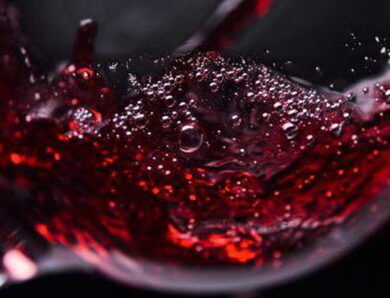Recipe for light beer for home brewing
Quality light beer should be transparent and have a golden color. In the drink the pronounced presence of malt flavor is allowed. Barley, that goes to the preparation of malt at home for brewing light beer is not roasted. This is a fundamental difference from the technology of cooking dark varieties. Germination period of barley for light beer does not exceed one week.
A simple recipe for cooking camp light
More 90% presented in the domestic market of light intoxicating drink belongs to the camp varieties. You can brew malt beer in this way in special cooking boilers or ordinary pans.
Attention. Only sterile utensils should be used to prepare any type of beer at home.
It is better to exclude a long stage of malt production from the technological process of intoxicating drink. Modern industry offers a large number of different varieties of this product, able to provide excellent quality drink.
For preparation of beer from malt and hops of light grades it is better to take barley and wheat malt in a ratio 50:50.
There are enough good varieties of malt. Many novice brewers sometimes do not know, as choose the right one. It is better to do it by smell. It must be pure malt, with a light intoxicating tinge. The undisputed leaders in sales are German and English varieties of malt, but you should not ignore the Australians.
A simple recipe for a light drink, adapted for home cooking, contains the following ingredients, as:
- malt 7,5-8 kg;
- bottled or spring water 28-32 liters;
- hops styrian holdings 7.6% alpha 70 G;
- Czech hops "reaper" 30 G
Brewing according to this recipe can be done on malt pilsen.
Cooking technology
Pour into a large saucepan 7-8 liters of water, then it is installed on the fire of the gas burner and heated to a temperature of 520C. This is the optimal indicator for the passage of protein pause. During it, the proteins in the product coagulate.
When preparing an unfiltered drink, this stage in the cooking of the product is not used.
When the required temperature is reached, the burners are switched off, and malt is added to the pan. Everything is thoroughly mixed and left to swell on 15 minutes. After a pause, the burners ignite again and the product temperature rises to 62-720C. At this point, the fermentation process begins, starch saccharification occurs, contained in malt. A nutrient medium is created for the yeast to cause the fermentation process. Under the influence of this temperature, the wort should be at least an hour.
The readiness of the wort can be checked with iodine. It is added to the selected product sample. If it does not turn blue, so the wort is ready and you can continue the cooking process.
Giving the product a break on 10-15 minutes, strain it and mix with the remaining water, heated to a temperature of 800C and continue to cook more 1,5 years. Hops are added to the product by 90 minutes before the end of the process.
The finished drink is very quickly cooled to a temperature of 18-200C and sent for fermentation. At a temperature of 250C in the product is added brewer's yeast at the rate 10-12 grams of 25 liters of beer wort.
Existing malt beer recipes can be adjusted to the available brewing capabilities and the availability of raw materials. It is very important to understand the essence of the technological process and adhere to temperature and time regimes. It depends on that, how will the beer.
What is useful to know?
Many beer lovers confuse camp drinks and ale. In their view, the first varieties include light drinks, and to others ate. This is also wrong, as well as the definition of this drink in 16 century by decree of one of the Bavarian dukes. According to this document, beer from barley malt should be called camp, and wheat - elem.
In fact, the camp varieties include intoxicating drinks, prepared by the bottom method of fermentation. They have the ability to retain their taste and suitability for a longer period after cooking. For this reason, this beer is often brewed at home.
We brew Belgian light beer:

